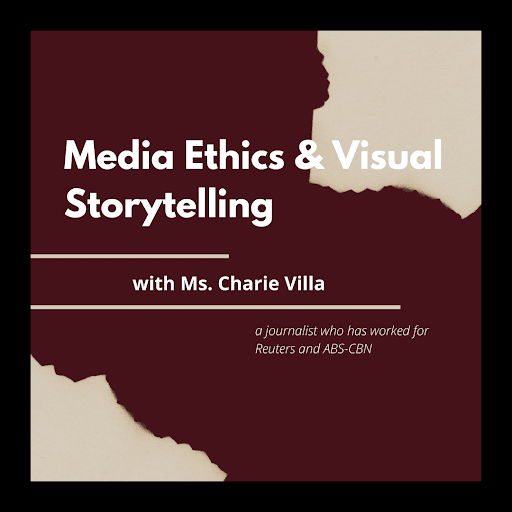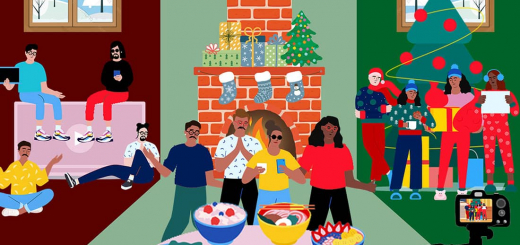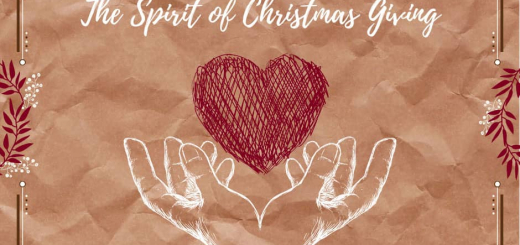The Media: Then and Now, and Our Part In It

On the 20th of November, 2020, the members of Enderun INK had the opportunity to learn more about media and journalism through an online workshop. A former journalist who worked in various news organizations such as ABS-CBN and Reuters, Ms. Charie Villa, joined as the guest speaker in the online seminar. Media shifts, media ethics, and visual storytelling were the focal points of the workshop.
Media has been integral in society. Since it is considered as a ‘universal language’, it is a source of entertainment as well as a communication tool. There’s no doubt that the media has evolved substantially, allowing it to be more flexible as years went by. This gradual shift transformed media from targeting a mass audience to targeting a specific audience, catering to everyone’s needs and interests.
As we are in a generation that heavily relies on the internet, we are in an age in which society’s needs are more focused on the ‘instant’. We ask instant questions, and we demand these questions are answered instantaneously. Because of this, Ms. Villa has suggested that the information must be “quick, informative, and straight to the point”. We have deviated to a generation in which the public dictates what should be shared or trending. The members of INK must learn how they can deliver impactful content to their community.
As journalists, storytellers, and the student-led media arm of Enderun Colleges, INK must comply with certain media disciplines. In the workshop, ethics is heavily emphasized by Ms. Villa, reminding the INK team to always present reliable and unbiased information to the public. She also shared that content should be “authentic, inclusive, transparent and vibrant.” As was mentioned, the public now has significant control over the media. This means that ‘fake news’ and fabricated information can easily spread amongst the public. It is imperative to follow these media ethics and avoid any misinformation.
Ms. Villa has also touched upon the fundamentals of visual storytelling, which includes the basics of how to construct content that we, the audience, can relate to. Visuals make the content impactful. A well-taken picture or even a video can compensate for the lack of words. This really does reinforce the meaning of the quote coined by Fred R. Barnard, “A picture is worth a thousand words”.
That being said, you don’t have to be a journalist or be affiliated with the media to apply these practices in your life. As was stated, we play a big role in the media as we are responsible for the content that is circulated. We might as well use this power to spread positivity and love to everyone via social media and other mediated communication tools. If you are feeling extra, you might as well consider using videos rather than still photos and long captions to describe your outing or what you were doing on that day. It’s a good way to instill the messages you want to deliver to your followers, using visuals to amplify the impact of your posts. These are some examples of how we can all contribute to the media, not only to make quality content available in all the media platforms but also to make these platforms a better and friendlier place for everyone.





